The idea of the starving artist is nothing more than a myth. We live in a period when you can monetize literally anything.
I don’t really like talking about money but it is an important topic. Without money, it can be difficult to practice your craft. My thoughts on art and money are this….
Do whatever you can to make enough money to practice your art. That might mean doing art on the side of your full-time job while you build a portfolio, or conducting some art workshops on the side. You just need to make it work.
Your life as an artist does not need to be like one of Vincent van Gogh’s early paintings (before he found color).

To help you out, here are some different ways you can make money as an artist. I cover:
- Sell Your Original Paintings
- Sell Fine Art Prints
- Sell Merchandise
- Affiliate Links for Supplies
- Advertising and Sponsorship
- Teach Workshops
- Teach Online
- Summary
- Further Readings
- Want to Learn More?
- Thanks for Reading!
Sell Your Original Paintings
This is the most obvious avenue for making money as an artist, but it is also arguably the most difficult. There are a number of places you can sell your own paintings:
- Physical galleries. This is the most traditional route. If you are accepted by a gallery they will promote you as an artist, for a commission of course.
- Online galleries. A similar concept to physical galleries, but you will be responsible for promoting yourself. Online galleries take many of the usual responsibilities out of selling your art. For example, I recently sold a painting (pictured below) which I had listed on Blue Thumb, an Australian online gallery. Blue Thumb arranged couriers and collected payment. Overall it as a very smooth transaction. However, I had no contact with the actual buyer. I actually forgot I had any paintings listed on Blue Thumb, so it was a pleasant surprise when I received that “Sold” email.
- On your own website. This is a great option but it is essential that you promote yourself. Getting traffic to your website is no easy task.
- By setting up your own art stall at street markets. This option is only really suitable if your art targets the mass population and is affordably priced. For example, naturalistic seascapes in Australia seem to do well at street markets. But you need to consider the value of your time for actually attending the stall. This option is much more hands-on than the other options.

Sell Fine Art Prints
The issue with selling original paintings is that many people just cannot afford to buy them. Fine art prints provide a low-cost entry point for your fans who cannot afford to buy your originals.
You also get to extend the value of your original paintings. Instead of just selling an original painting, you could sell the original painting plus a number of fine art prints. Our time is very limited, so you want to make the work you do count.
The issue with selling fine art prints is that you need the numbers to make it worthwhile. I would only consider this option if you are consistently selling your original paintings and there is a strong demand for your work. Otherwise, it is just not worth the effort in setting everything up, in my opinion.
There are many companies now which make selling fine art prints very easy and affordable, but you still need to take high-quality photos and market the prints.
You could also sell limited edition prints if you want to add a scarcity factor to help sales. You will need to personally sign and number each edition (i.e. 1/200, 2/200 and so on). Generally, people limit the prints to 200, but there are no rules with this.
If you want to sell prints of your art, then you should do a Google search for “Fine Art Prints + Your Location”. Alternatively, you could check out some of the big players in the field such as Fine Art America.
Sell Merchandise
Prints are not limited to canvas or other fine art surfaces. You could sell prints of your art on t-shirts, greeting cards, mugs, bags, and so on. Redbubble is a popular option for setting this up.
However, you need to be careful not to cheapen the image of your work. If you sell traditional portraits or landscapes to collectors, then having your paintings on mugs will not do you any favors. But if you paint in a very stylistic or illustrator approach, then this might be an option for you. Again, like the fine art prints, you need the numbers here otherwise it is just not worth your time to set up.
Affiliate Links for Supplies
For those of you who are not aware, affiliate marketing is a form of advertising where you refer a product to others and in return, you receive a small commission on any sales. The key with affiliate marketing is you must believe in the products you refer.
Personally, I am an affiliate for some of the art supplies I use. I refer people to Amazon and if anyone purchases through my link, then I earn a small commission. This just makes a very small dent in my bills, but every bit can help. Amazon has the largest and most reputable affiliate program in the world and anyone can promote through them. You just need to sign up for an affiliate account.
Advertising and Sponsorship
If you have a website, you have the option of selling advertisements. These could be in the form of banner ads or sponsored posts.
The most popular option here is Google Adsense. You know those little adverts that you see on a website on the side, or sometimes even in the content? These are generally adverts hosted by Google Adsense.
For Google Adsense, you can allocate areas on your website where you want adverts to be shown. Google will then arrange all the adverts. Whenever someone clicks on those adverts, you receive a small fee.
When you start generating large amounts of traffic to your website, you could also approach large art-based companies and offer direct sponsorship on your website. You can receive a better return with direct sponsorship over Google Adsense.
However, there is always a trade-off. You will be able to easily monetize your readership with advertisements, but at the expense of reader satisfaction. So tread carefully here.
Teach Workshops
This is one of the most popular ways of making money for artists. Many artists offer in-person workshops to supplement their income from painting sales and to provide a more predictable source of income.
To conduct in-person workshops, you need to be very confident in your painting ability and have some kind of relative authority. When I say relative authority, I mean you are somewhat qualified to teach to your target audience. You do not need to be a master of the arts, but if you are a beginner then you should not try to teach advanced artists.
The more established you become as an artist, the more you will be able to charge. Some of the top artists in the world charge thousands for their workshops.
Teach Online
This is my favorite area. The online space provides artists with so many opportunities to spread their knowledge to others at the fraction of the cost of holding in-person workshops. Some of the options you have to teach online are:
- Self-publish books on Amazon.
- Create and sell courses on your own website or on platforms such as Udemy.
- Provide one-on-one mentoring via email, Skype or video recordings.
- Teach people via automated email courses.
The options are endless here. The only limitation is your imagination, your knowledge of technology and in some cases, your budget.
Summary
I will finish up by saying that you do not need to feel guilty about trying to make money from your craft. You are not selling out. However, some ways of monetization may be more suitable to your situation than others. For example, if you do not like teaching, then you should not venture into art education. If you sell original paintings for many thousands of dollars to sophisticated buyers, then you should not try to sell cheap merchandise.
Your life does not need to be a struggle like van Gogh’s life was. We live in a time when anyone can monetize their passion.

Further Readings
14 Free Places To Promote Your Art Online
A Step By Step Guide To Starting Your Own Art Website
A Giant List Of Useful Art Websites
20 Ideas For What To Write In Your Artist Newsletter
How To Create The Perfect Artist Statement
Want to Learn More?
You might be interested in my Marketing for Artists email course. It is a remarkably affordable, relevant, and practical crash-course on marketing designed specifically for artists.
Thanks for Reading!
I appreciate you taking the time to read this post and I hope you found it helpful. Feel free to share it with friends.
Happy painting!
Dan Scott

Draw Paint Academy
About | Supply List | Featured Posts | Products
Affiliate disclosure: There may be affiliate links to recommended products in this post. If you purchase through any affiliate links I will receive a small commission at no additional cost to you. These funds are used to help grow this website and spread art education to people around the world. Thanks!

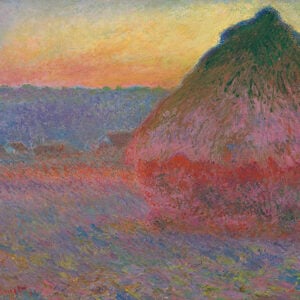
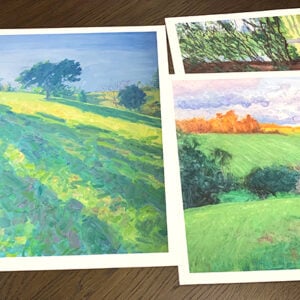
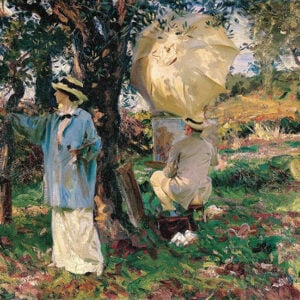
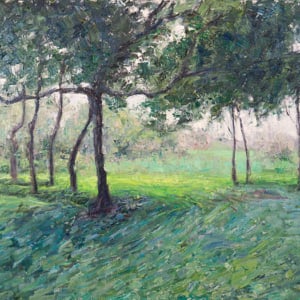
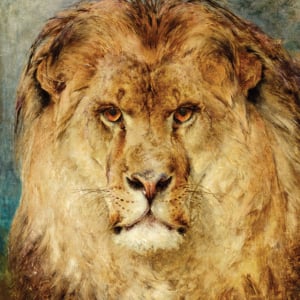
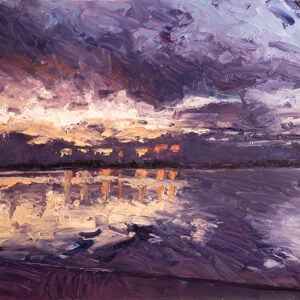
Thanks Dan ,Ilove your articles and I love your sold painting. I would love to see more of your paintings. Keep going!
Mignon
Thanks Mignon! I actually put up a page which shows some of my other paintings – https://drawpaintacademy.com/gallery/